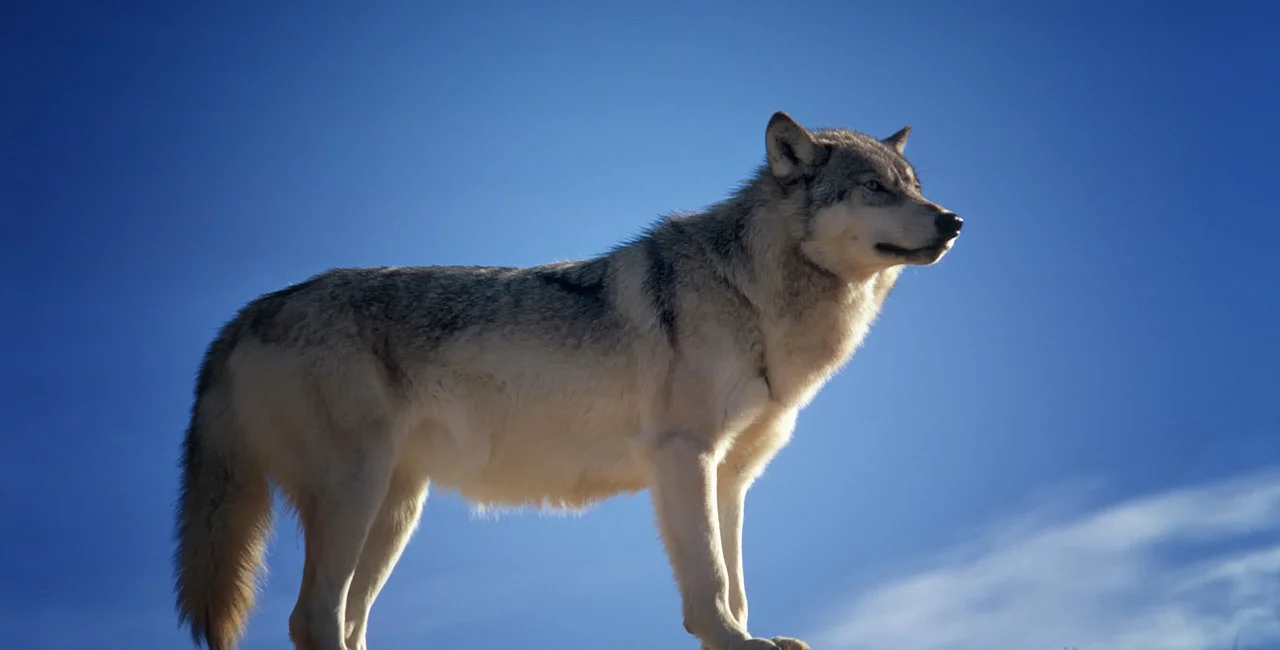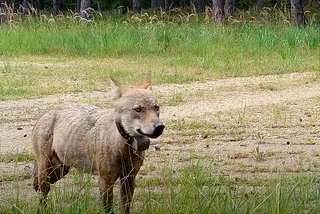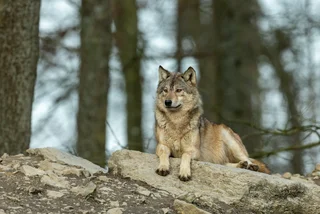The wolf population in the Šumava National Park area now numbers 36, about a quarter more than in 2021. Wolves are present in six areas of the park and confirmed to be reproducing in five of them.
The growth is good news. “There is no risk of overpopulation because the number of individuals and the ability to survive always depends on sufficient food,” Pavel Hubený, director of the Šumava National Park, said in a press release.
The total number of wolves may change during the year due to the birth of wolf cubs, the departure of young wolves to new unoccupied territories, or their death. The average lifespan of a wolf is between 6 and 8 years.
The first modern breeding of wolves was confirmed in Šumava in 2017, in central Šumava in an area called Srnská smečka. After six years, the aging of that pack is becoming conspicuous; additionally, this is the only pack right now where reproduction can’t be confirmed.
“It was similar in 2018. It is probably not a complete surprise because research by colleagues in neighboring states shows that reproduction can only take place in about two-thirds of packs,” Jan Mokrý, head of the Šumava National Park zoological department, said.
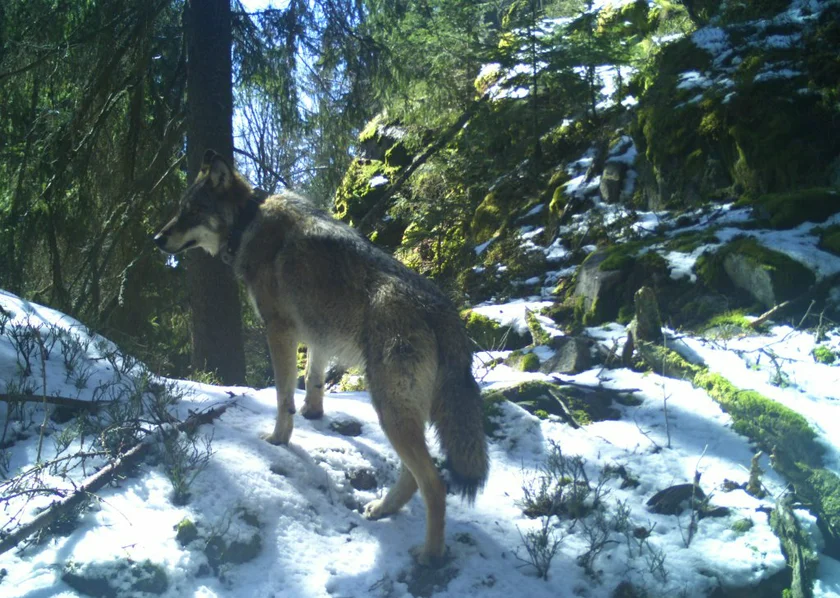
The systematic monitoring of wolves in 2022–23 at Srnská smečka showed three to five adult individuals that were captured by camera traps. “It is possible that these are only the remaining wolves from this entire pack,” he said. Wolf activity is monitored annually from May to the following April, which zoologists refer to as the wolf year.
The original first pack in Šumava could completely break up and its territory could be occupied by wolves from neighboring territories, or the pack could still renew itself, he added.
The number of known territories is the same as in 2021 and 2022 when breeding occurred in four of them. At the same time, two territories were newly occupied by breeding wolf pairs – one in the Pilsen Region and another in South Bohemia. The park spreads into both regions. In 2022, breeding took place everywhere except in the already mentioned Srnská smečka pack.
The monitoring of the wolf population has brought new insights. For example, the wolf pack on Zadná Zvonková is not made up of wolves that were born in Šumava. DNA analysis shows the founding couple probably comes from the Gratzen Mountains in Austria.
Charles University’s Faculty of Natural Sciences has helped the park to analyze wolf droppings, and these help to shed insight into the predators’ diet. So far, over 260 samples have been examined. “They show that ungulates – deer, roe deer, and wild boar – make up 96 percent of the wolves' diet,” Šumava National Park zoologist Oldřich Vojtěch said.
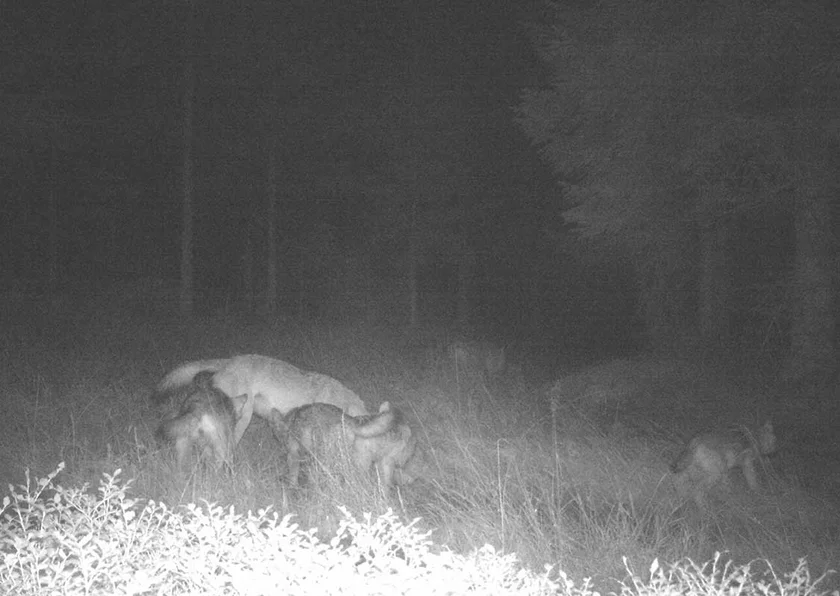
The remainder is made up of hares and small mammals, with 2.5 percent coming from farm animals. “Wolves in Šumava participate to a significant extent in the hunting of deer, as only humans have done so far. In the following years, we will have the opportunity to monitor what effect this will have on their abundance,” Vojtěch added.
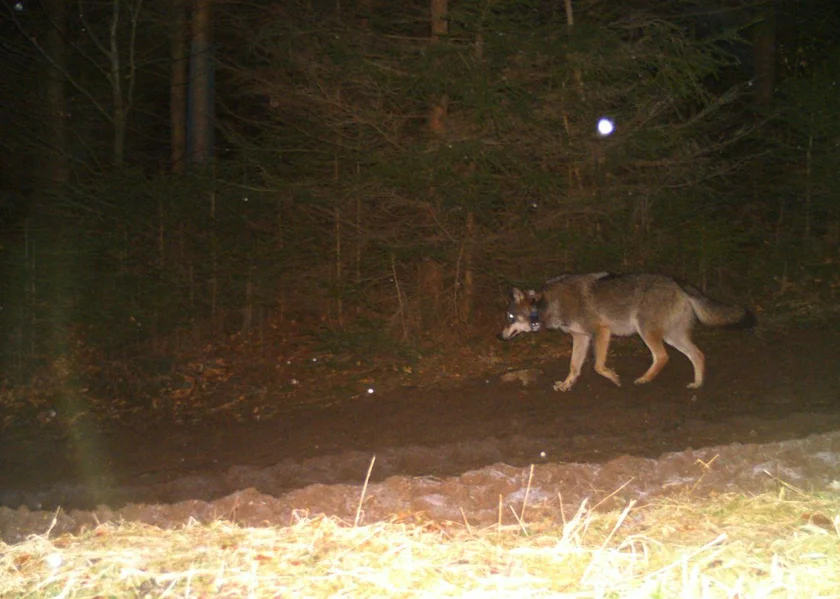
Šumava zoologists also investigated reports of damage to farm animals in Šumava National Park and the adjacent protected landscape. In 2018 there were 17 incidents of wolves damaging livestock and in 2019 that number rose to 41. “Subsequently, the number of such events decreased. In 2020, we registered 37 of them, a year later 21, and last year 22. So far this year, we have recorded five events,” Vojtěch said.
He attributed the drop in damages, despite the increasing size of the wolf packs, to more effective efforts by farmers to protect their herds. The park administration has been making efforts to educate livestock farmers and the general public about how to deal with the presence of wolves in the area.












 Reading time: 3 minutes
Reading time: 3 minutes 